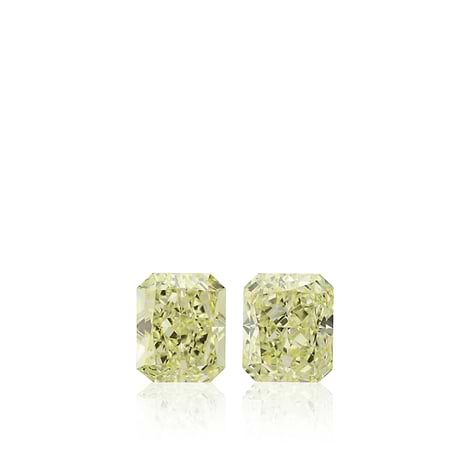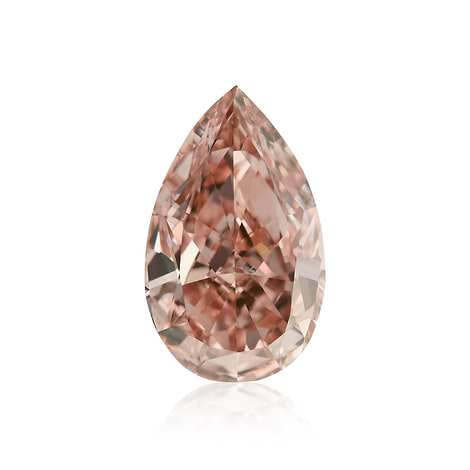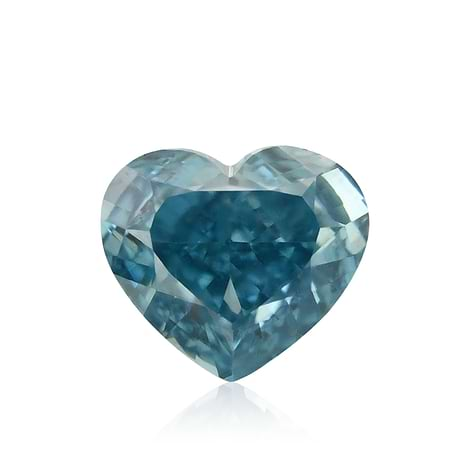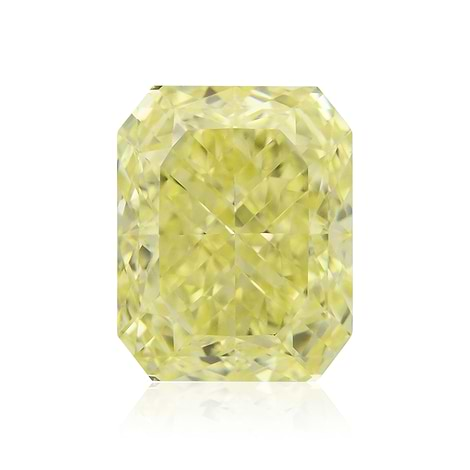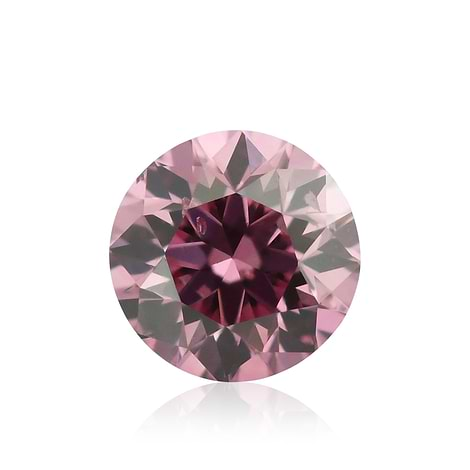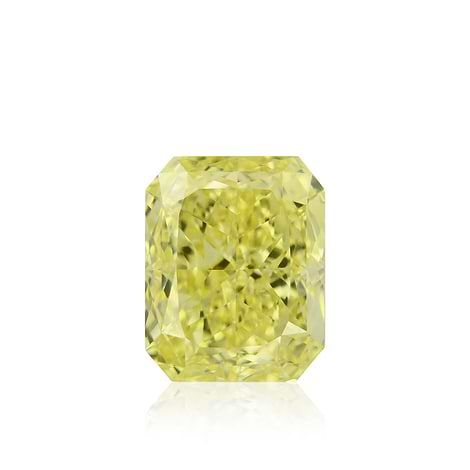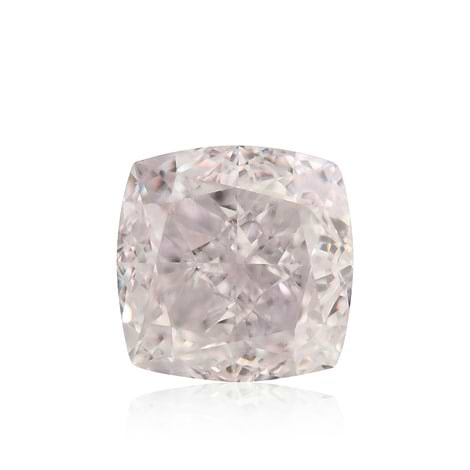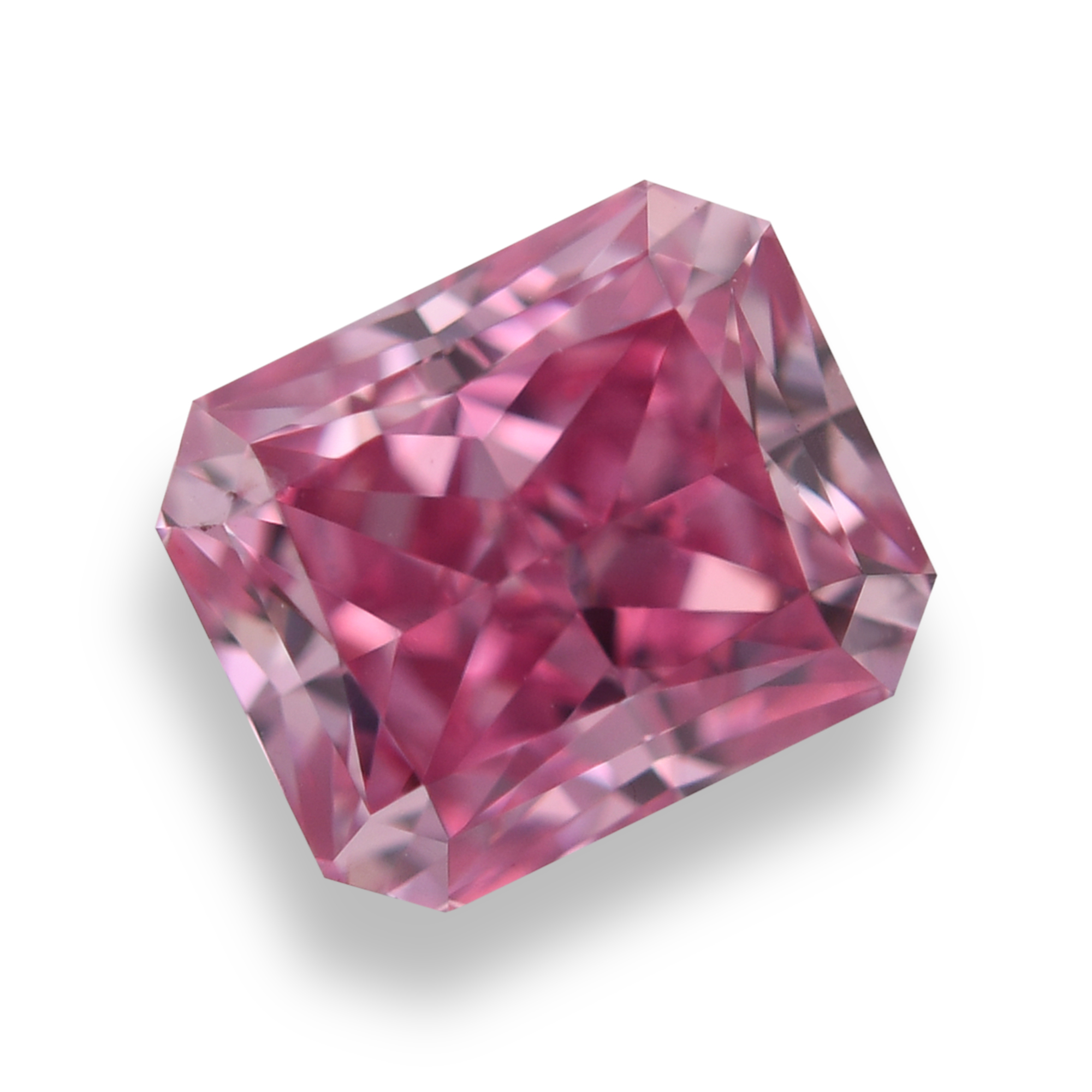Diamonds are not only some of the most beautiful gemstones on the planet and the most durable substance known to mankind, but they also make worthwhile investments. Therefore, whether you are out there looking for a diamond for an engagement ring or another jewelry piece or are after a potential investment opportunity, you must beware of diamond scams perpetrated by individuals in the diamond industry who want nothing more than to get their hands on your money.
Though the large and complex scams are often uncovered by the FBI and the police, diamond scams on a much lower scale that often go unnoticed are lingering right around the corner, just waiting for someone to fall prey to their tricks. Here are several of the most common diamond scams around and the best ways of avoiding them.
Color Treatments
Colored diamonds are bought for their sensational colors, durability, and high value. They are also highly sought after because they are very rare. Due to their rarity and high prices, there are those who take advantage of uneducated color diamond customers and lure them with more affordable colored diamonds.The reason these diamonds are more affordable is because they are not what we call Natural Fancy Colored Diamonds, which are diamonds that are found in nature with their beautiful colors, but rather, diamonds that have been treated artificially in order to achieve the unusual coloring.
Though the use of some treatments is acceptable under certain conditions, it is completely unacceptable to sell treated diamonds as natural diamonds, without informing the customer. This type of diamond scam can be found everywhere, and the best way of avoiding them is by requesting the diamond’s certificate stating its color and color of origin.
The Diamond Swap
Another common scam that many times goes unnoticed is the diamond swap scam, where the diamond you have chosen is not the diamond you receive. This happens with diamonds of all sorts.
After spending much time choosing the right diamond for you and deciding upon a fair price, you pick up your jewel only to discover the diamond inside is not the one you purchased.
The best way to prevent this from happening is to view the diamond loosely and to come with someone knowledgeable in the field of diamonds. When possible, look for markers on the diamond that will help you recognize it. Additionally, and likely more important, you should make sure to always get the proper documentation proving the details of your diamond.
Carat Weight Scams
The carat weight of a diamond is a very touchy subject, to begin with for many reasons.
First of all, most educated and uneducated diamond buyers are usually after the biggest diamond possible, which often includes a heavier carat weight. Prices can change drastically from one carat weight to another (for example a 1.95ct and a 2.03ct), even if it’s only a matter of several points. The FTC actually allows jewelers to round off carat weights; the problem is though, that some do in a rather dishonest way. For instance, a 0.69-carat can be rounded off to 0.75 carats, which is a very popular carat size and much more valuable than 0.69 carats. The buyer will unknowingly pay the higher price and can lose sometimes hundreds of dollars. Therefore, always ask for proof of the diamond’s exact carat weight.
Another way in which buyers are scammed in terms of the diamond’s carat weight is when the seller includes the total carat weight, instead of separating it stone by stone. A ring that includes three stones, including one large center stone and two smaller stones can be advertised as having a certain carat weight when in reality that is the total weight of all the diamonds put together, which can be misleading. Once again, by requesting the document verifying each and every diamond’s details, you can avoid such diamond scams.
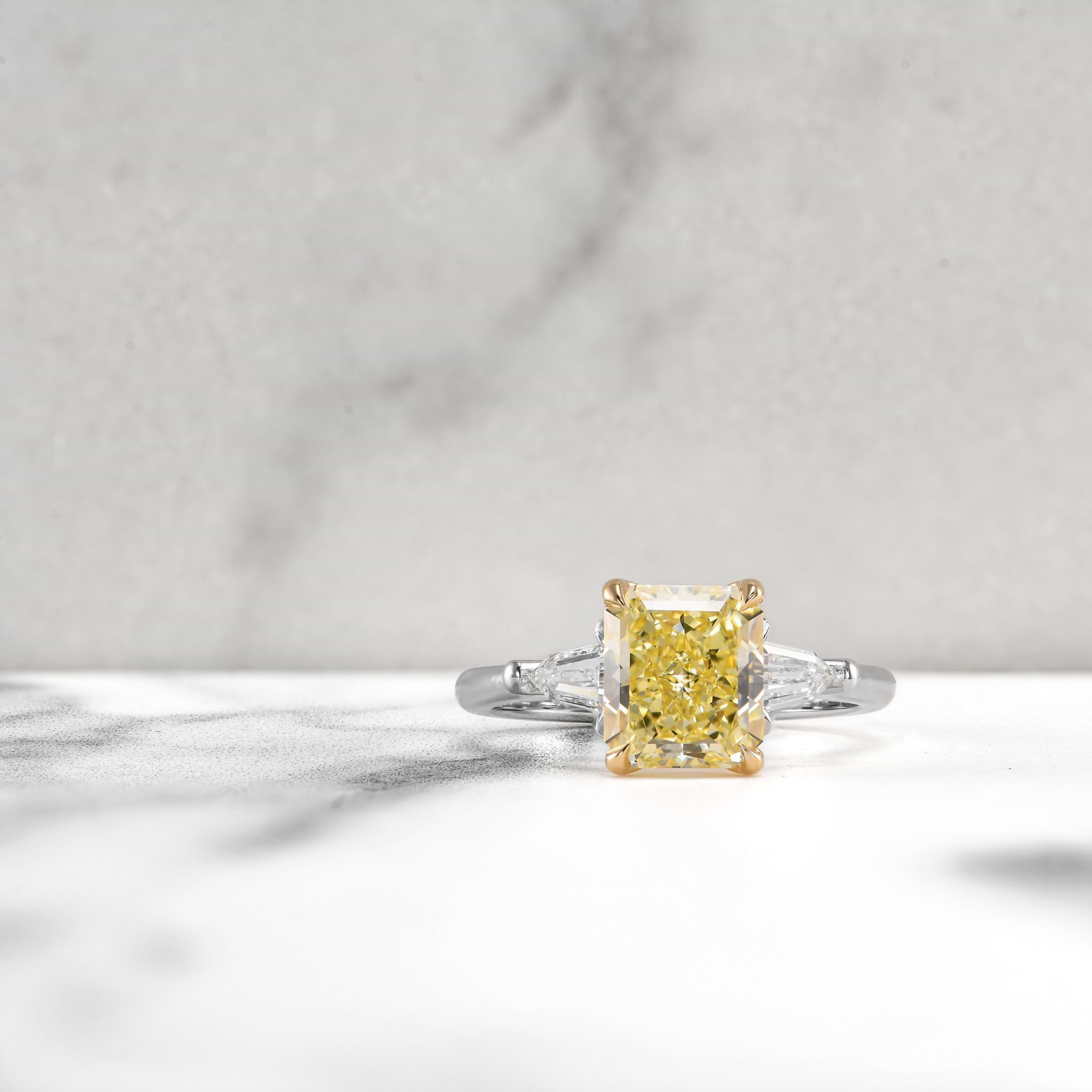 LEIBISH Fancy Yellow Radiant Three-stone Diamond Ring
LEIBISH Fancy Yellow Radiant Three-stone Diamond Ring
Hiding Diamond Flaws
Even the most beautiful diamonds sometimes have flaws, and that’s perfectly okay. What is not all right is when diamond sellers try to mask these flaws or refrain from unveiling them to the potential client. Sometimes a ring setting hides these flaws, which can theoretically be okay as long as it is done with the client's knowledge.
Alternatively, diamonds should be viewed loosely so you can get a full view of the whole stone. It is your right to know if the diamond you are interested in contains a flaw, whether visible or not. You can then decide whether or not to buy it, or to use the flaw as a bargaining point.

FAQ
What should I look for in a diamond certificate to avoid scams?
Ensure the certificate is from a reputable lab like GIA, AGS, or IGI, detailing the diamond’s 4 Cs and including a unique serial number.
How can I verify the authenticity of a diamond seller?
Check the seller's credentials, professional memberships, customer reviews, and verify their business license and address.
How do online diamond scams differ from in-store scams?
Online scams may involve fake certificates or misrepresented quality, while in-store scams might include overgrading or price inflation. Always research the seller and seek independent verification.
Are vintage or antique diamonds more prone to scams?
Yes, due to difficulty in verifying their history. Ensure you get certificates from reputable sources and independent appraisals.
Can diamond scams occur during diamond auctions?
Yes, scammers may overstate value or provide misleading info. Research the auction house, review certificates, and get independent appraisals before bidding.
What should I do if I suspect I've been scammed when buying a diamond?
Contact the seller immediately. If unresolved, report to consumer protection agencies and seek legal advice. Get the diamond re-evaluated by an independent gemologist.

